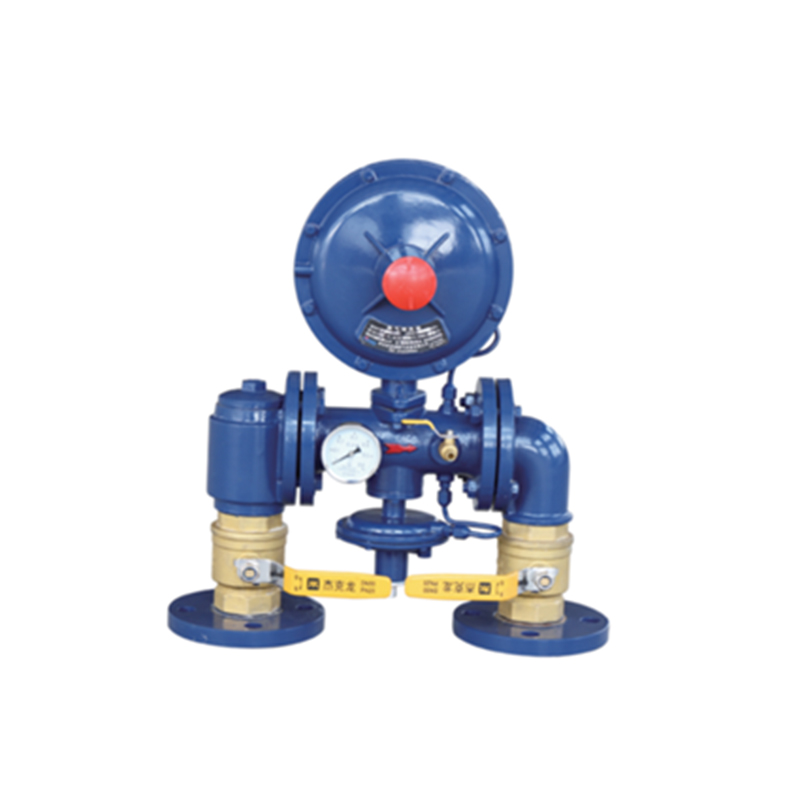
Oct . 20, 2024 05:30
Back to list
صمام الأمان
Understanding the Importance of Safety Valves
Safety valves play a critical role in various industries where pressure fluctuations can pose significant hazards. From power plants to manufacturing facilities, the management of pressure is essential to ensure the safe operation of machinery and to avoid catastrophic failures. In this article, we will explore the functionality, types, applications, and benefits of safety valves.
What is a Safety Valve?
A safety valve is a device designed to open automatically and relieve excess pressure from a system, thereby preventing potential damage or explosion. When the pressure within a system exceeds a predetermined limit, the safety valve opens to allow fluid or gas to escape, maintaining the pressure at safe levels. Once the pressure drops to an acceptable range, the valve closes, allowing the system to resume normal operation.
Types of Safety Valves
There are several types of safety valves, each suited for different applications
1. Spring-Loaded Safety Valves These are the most common type, using a spring mechanism to keep the valve closed until the set pressure is reached. When the pressure exceeds the set point, the spring compresses, allowing the valve to open.
2. Pilot-Operated Safety Valves These valves use a small pilot valve that controls the larger main valve. They offer more precise control and are often used in high-pressure applications.
3. Balanced Safety Valves Designed to reduce the impact of back pressure, balanced safety valves allow for stable operation even in fluctuating conditions.
4. Vacuum Relief Valves These valves prevent the formation of a vacuum in a system, ensuring that pressure remains within safe limits.
.
Safety valves are widely used across various industries
صمام الأمان

- Oil and Gas In the oil and gas industry, pressure control is critical. Safety valves help protect pipelines, refineries, and storage tanks from overpressure, ensuring safe transportation and storage of hydrocarbons.
- Chemical Manufacturing Chemicals can be highly reactive and dangerous. Safety valves in chemical reactors and storage vessels mitigate the risk of pressure build-up that could lead to explosions or leaks.
- Power Generation Power plants utilize safety valves in steam systems to prevent overpressure conditions that could damage turbines and boilers.
- Food and Beverage The food industry uses safety valves in pressure cookers and pasteurization processes to ensure that pressure does not exceed safe levels, thus maintaining product quality and safety.
Benefits of Safety Valves
Safety valves offer numerous benefits that make them indispensable in industrial settings
1. Prevention of Accidents By relieving excess pressure, safety valves help prevent accidents such as explosions, which could lead to severe injuries and loss of life.
2. Equipment Protection Safety valves protect machinery from damage caused by excessive pressure, reducing the risk of costly repairs and downtime.
3. Regulatory Compliance Many industries are subject to strict safety regulations. Installing safety valves is often a requirement to comply with these regulations, ensuring safe operations.
4. Peace of Mind Knowing that safety measures are in place allows operators and stakeholders to focus on productivity without the constant worry of pressure-related failures.
Conclusion
In conclusion, safety valves are essential components in various industrial applications, serving as critical safeguards against the dangers of excess pressure. Their ability to automatically relieve pressure ensures operational safety, protects equipment, and complies with regulatory standards. As industries continue to evolve, the design and technology of safety valves will likely advance, further enhancing their effectiveness and reliability. Investing in high-quality safety valves and maintaining them properly is crucial for any operation that handles pressurized systems, emphasizing the integral role of these devices in ensuring safety and efficiency in the workplace.
Next:
Latest news
-
Safety Valve Spring-Loaded Design Overpressure ProtectionNewsJul.25,2025
-
Precision Voltage Regulator AC5 Accuracy Grade PerformanceNewsJul.25,2025
-
Natural Gas Pressure Regulating Skid Industrial Pipeline ApplicationsNewsJul.25,2025
-
Natural Gas Filter Stainless Steel Mesh Element DesignNewsJul.25,2025
-
Gas Pressure Regulator Valve Direct-Acting Spring-Loaded DesignNewsJul.25,2025
-
Decompression Equipment Multi-Stage Heat Exchange System DesignNewsJul.25,2025

